
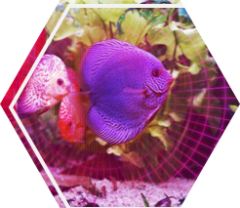

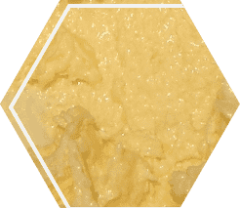
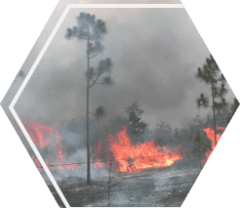
In this high school task, students evaluate and compare sources of information presented in different formats to explore what is causing wildfires, the negative impacts of wildfires on biodiversity and human communities, and several potential forest management strategies to mitigate these impacts in two different areas of California. This task intends to elicit student learning of the following NGSS dimensions:
Disciplinary Core Ideas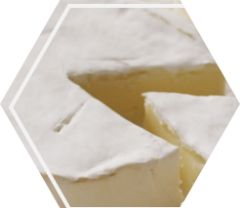




In this middle school task, students evaluate two competing solutions for soil management, conventional tillage and no-tillage, to determine how each system impacts soil health and crop production. This task intends to elicit student learning of the following NGSS dimensions:
Disciplinary Core Ideas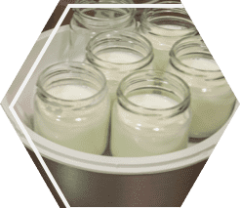
In this middle school task, students develop an explanation for how one organism’s (lactobacillus) population growth in an ecosystem may cause the population growth of other organisms in the same ecosystem to decrease. The ecosystem students explore is food. This task intends to elicit student learning of the following NGSS dimensions:
Disciplinary Core Ideas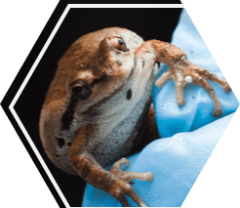
In this high school task, students evaluate a series of mathematical models to determine how a mysterious fungus impacts various populations in a pond ecosystem. This task intends to elicit student learning of the following NGSS dimensions:
Disciplinary Core Ideas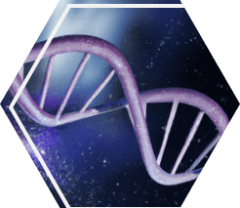
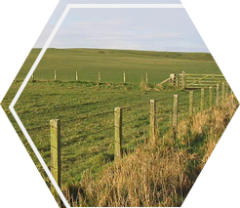

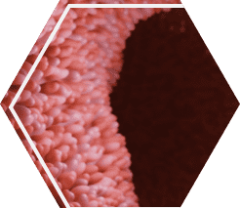

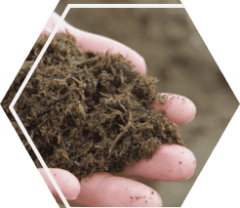
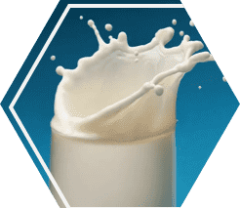
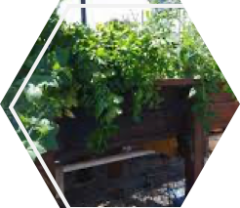
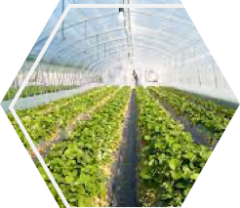
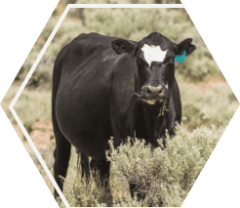
This high school task focuses on human impacts on earth systems. Throughout the task, students evaluate two different grazing techniques as possible strategies to manage natural resources. Students interpret a model, calculate data, and read an article to gather information to decide on the best resource management system to maximize profits and minimize negative impacts on biodiversity. This task intends to elicit student learning of the following NGSS dimensions:
Disciplinary Core Ideas
In this middle school task, students use models and data to explain why lactose intolerant people experience lots of gas, bloating, and diarrhea when they eat certain dairy products. Here, students explore models of lactose-tolerant and lactose-intolerant people to see how the inputs, outputs, and processes of each person’s digestive systems affect how they function to process dairy products. They then develop their own comparative model to explain why only lactose-intolerant people experience these painful symptoms. At the end of the task, students examine new data to recommend what types of dairy products lactose intolerant people might eat to cause less painful symptoms. This task intends to elicit student learning of the following NGSS dimensions:
Disciplinary Core Ideas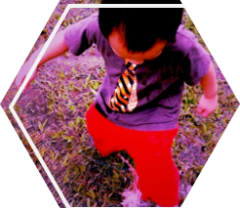
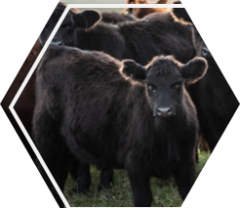
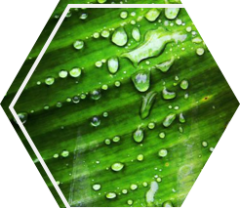
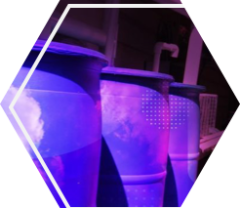


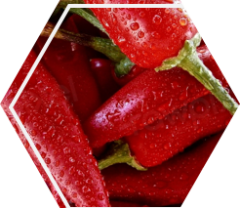
Join us online to receive occasional communications from The Center. Unsubscribe anytime, your information will not be shared.